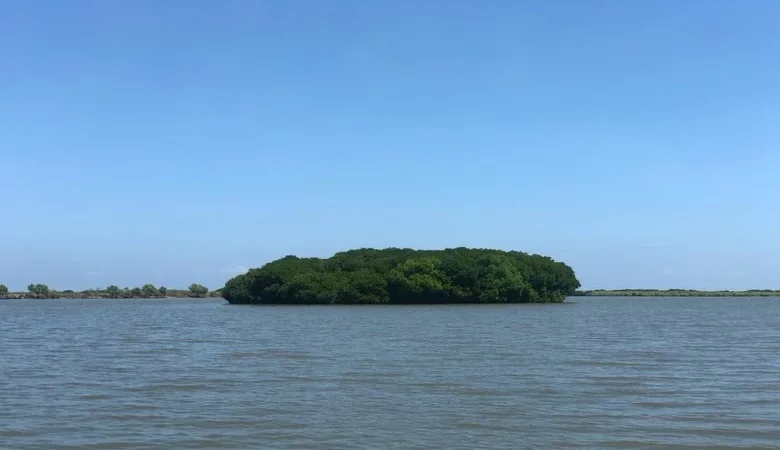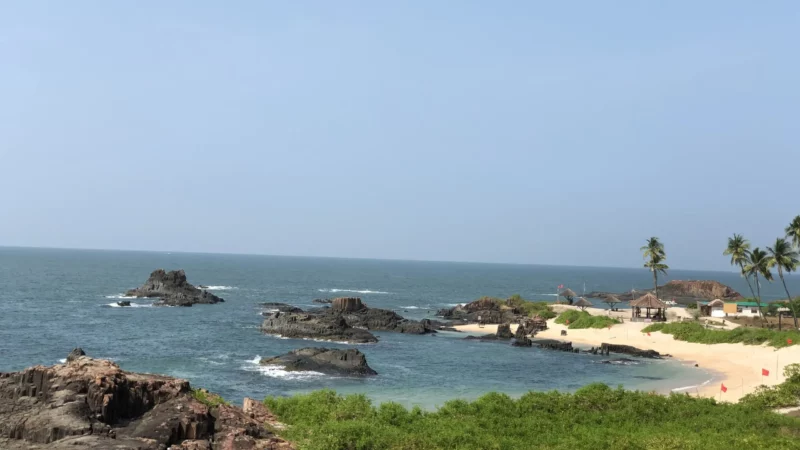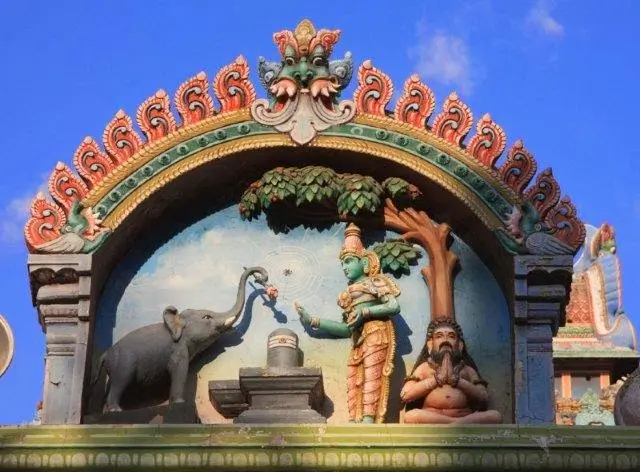Roopkund is locally known as “Mystery lake“, situated in the Uttarakhand state of India, famous for its high altitude glacial lake. This lake became famous because of travelers who can see hundreds of human skeletons at the edge of the lake. It is situated deep in the Himalayan mountains at 5029 m above sea level. Roopkund trek is an invigorating expedition from the high altitude region of Loharjung, pinpointed in the Chamoli district of Garhwal, Uttarakhand. It is one of the best sites for Trekking and the trek leads to the frozen Roopkund Lake also overlaps with the religious pilgrimage of Nanda Devi thus making this experience of trekking in Uttarakhand, an overall mixture of culture and adventure. Roopkund is one of the major tourist adventure attractions for the people in the country and the people traveling from abroad.
"Roopkund Lake is home to the scattered skeletal remains of several hundred individuals of unknown origin. Roopkund Lake is a small body of water (~40 m in diameter) that is colloquially mentioned as Skeleton Lake because of the remains of several hundred ancient humans scattered skeletons around its shores and therefore the area around the lake is Uninhabited and it is surrounded by rock-strewn glaciers, snow-clad mountains."
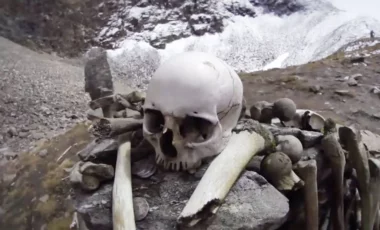 Roopkund remains frozen most of the year and is widely known for the many ancient human skeletons found at the sting of the lake that is believed to be 500-600 years old. The human skeletons are visible at their bottom within the clear water of the shallow lake during a one-month period when the ice melts. Because of the human remains, the lake has been called “Skeleton Lake” in recent times. While traveling to Roopkund you get an opportunity to trek through villages rich in Pahari culture.
Roopkund remains frozen most of the year and is widely known for the many ancient human skeletons found at the sting of the lake that is believed to be 500-600 years old. The human skeletons are visible at their bottom within the clear water of the shallow lake during a one-month period when the ice melts. Because of the human remains, the lake has been called “Skeleton Lake” in recent times. While traveling to Roopkund you get an opportunity to trek through villages rich in Pahari culture.
History of Roopkund
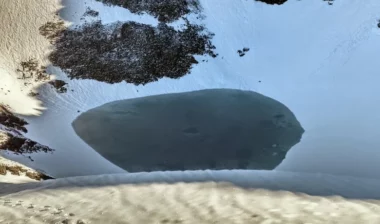
The human skeletons were first found by a British forest guard in the year 1942. Initially, it had been believed that the skeletons were those of Japanese soldiers who had died while crossing that route during World War II. It was also believed that the skulls were of General Zorawar Singh of Kashmir and his men, who had got lost and died in the middle of the Himalayan region after they got caught in inclemency while coming back from the battle of Tibet in 1841. But scientists have now acknowledged that the skeletons were of pilgrims and locals because the bodies dated to around 850 AD.






Best Time To Visit Roopkund
- The best time to visit Roopkund is between the months of May to mid-June and from August to mid-October. The harsh climatic conditions only provide trekkers with a small window to trek between the 1st week of May to about the 1st week of July.
- June is the perfect time to witness the Bedni Bugyal, which falls on the way to Roopkund near Wan village. Trisul and Nanda Ghunti are clearly visible from here.
- Trekking between the last week of August and the first week of October is another good trekking season in Roopkund. The sky remains clear and the weather is perfect for a hike.
Where To Stay
Accommodation
Most of the hotels, cottages, and homestays offer budget accommodation.
How To Reach
Road
Roopkund is closer to hill stations like Nainital and Kathgodam. At a distance of 217 km from Nainital and 235 km from Kathgodam, one can reach Roopkund by road route.
Train
There are no direct trains available to reach Roopkund. You can cover a part of your journey by train and the nearest station is Rishikesh Railway Station. After which one must take a bus or a taxi to reach the base village Debalor Dewal.
AIR
Almost 87 km away, Pantnagar Airport, is the nearest airport to reach Roopkund. Other reachable airport is Jolly Grant Airport and Shimla Airport, which is about 93 Km and 139 km respectively.
Trekking
The starting point of the trek is Lohajang Pass which is well connected by motorable roads-(30 Kms). The trek from Bedni Bugyal to Bhagwabasa is 10 Km which is difficult and meant for those who are properly geared up and have prior trekking experience. Bhagwabasa is a last stony campsite and therefore the space for camping is restricted and one has got to clear the stones to urge a level ground. The trekkers stay for the night at Bhagwabasa. To reach Roopkund, you've got to climb 3 km uphill from Bhagwabasa which will take 3 and a half hours to reach. On reaching Roopkund, relish a magnificent view of the glacial lake and if the weather is fine then one can climb up to visit Junargali which hardly takes a half-hour trek to reach.
Thank you for visiting my blog and stay tuned for more updates related to ancient history on my website: Ancientterminus


